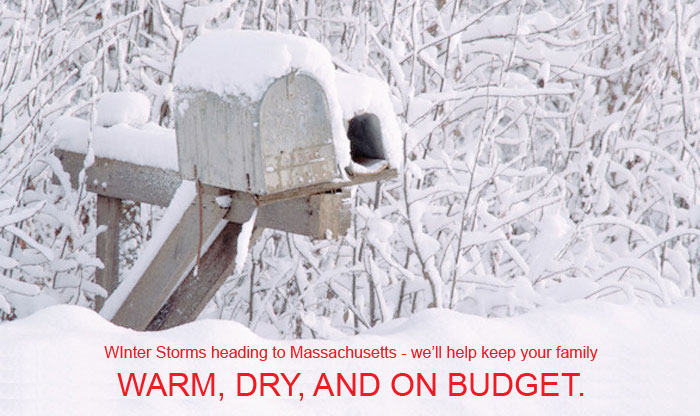You may remember the scene from the 1985 movie Witness starring Harrison Ford. A group of Amish people converge on a neighbor’s property and assemble a barn in a single montage, a single day. A Cambridge-based co-op HEET (for Home Energy Efficiency Team) does weatherization work that’s less lofty, but arguably more important to the modern world. It’s a model for what can be done by harnessing the power of progressive community which emerged during the Obama campaign.
As Bob the Builder might say, ‘Can We Caulk it? Yes we can!’
Combining the materials purchased by the homeowner with free knowhow and labor from HEET, the team has weatherized several low-income homes in Cambridge, with the goal of performing a barn-raising per month. As they do so, they transfer the skills needed to make—and keep— a home more energy efficient to both homeowners and groups of new volunteers. The energy savings persist, putting cash in the pockets of Cambridge residents, which can be spent in the local economy in different ways—a Cambridge mini-stimulus.
HEET grew out of neighborhood organization called GreenPort. The purpose of both groups, according to co-founder Steve Morr-Wineman, is to bring neighbors together to respond to the environmental crisis. A recent project included weatherizing the Cambridgeport Public School, a pioneering public-private-volunteer collaboration with the savings going back to Cambridge’s tax-payers.
Daily KOS thinks the model needs to go national, and so does Warm Home Cool Planet.
Somerville, MA will soon hold their first weatherization barnraising and Watertown, Brookline, Lexington, Medford, Milton, Newton, Beverly, and Boston are thinking about starting their own groups. I think it would be a good idea for this idea to go nation-wide. In fact, a weatherization barnraising on the White House might be a very good way to kick-start that process.
Our hats off to the HEET team. You’re doing great work. Expect to hear from us soon.

 From a recent
From a recent 
